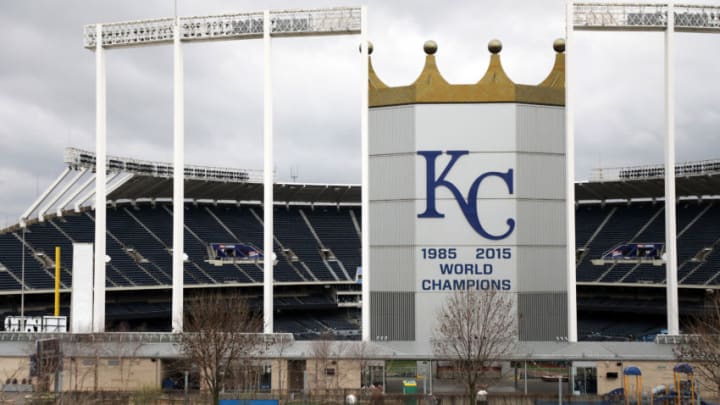
Lessons from the Great Depression
With the likelihoods of these unprecedented times, we can see what franchises did the last time this amount of financial distress was experienced by ballclubs all across the MLB.
I looked back in MLB history and US economic history (2009 Financial Crisis, September 11th, 2001, 1994 MLB Labor Stoppage, 1989 Black Friday Market Crash, World War I and II, and 1918 Flu Epidemic) and found the only time we could compare what the financial ramifications of a lost season or season without fans to the ballclubs was during the Great Depression (1929 – 1935).
The current unemployment rate in the United States is getting dangerously close the unemployment rates last seen during the Great Depression. The hope is for the economy to get back on track soon with states starting to open back up, but there’s a stark possibility that many businesses in America may not recover.
Fan attendance may not be permitted during the 2020 season and when fan attendance is permitted in the future, the MLB may find that fans will find different needs for their money.
Regarding how the Great Depression affected Major League baseball (from history.com);
"“The Great Depression threw America’s pastime a serious curveball. Attendance at major league baseball games, which had skyrocketed during the 1920s, plummeted 40 percent between 1930 and 1933, while the average player’s salary fell by 25 percent. Fans who could still afford tickets migrated from the more expensive box seats to the bleachers, which cost 50 cents. In 1933, only two teams finished the season in the black, and several were on the verge of bankruptcy. To stay afloat, owners of baseball teams across the country economized by shrinking their rosters, firing their coaches and slashing wages. A number of high-profile players, including Babe Ruth and Lou Gehrig, accepted significant pay cuts. In addition to scaling back costs, many teams experimented with discounts and other innovations designed to woo back fans, including free admission for women, grocery giveaways and the very first night games in baseball history.”"
MLB fan attendance from the beginning of the Great Depression to the recovery (1929 – 1935):
- 1929 – 9,588,183
- 1930 – 10,132,262
- 1931 – 8,467,107
- 1932 – 6,974,566
- 1933 – 6,089,031
- 1934 – 6,963,711
- 1935 – 7,345,316
